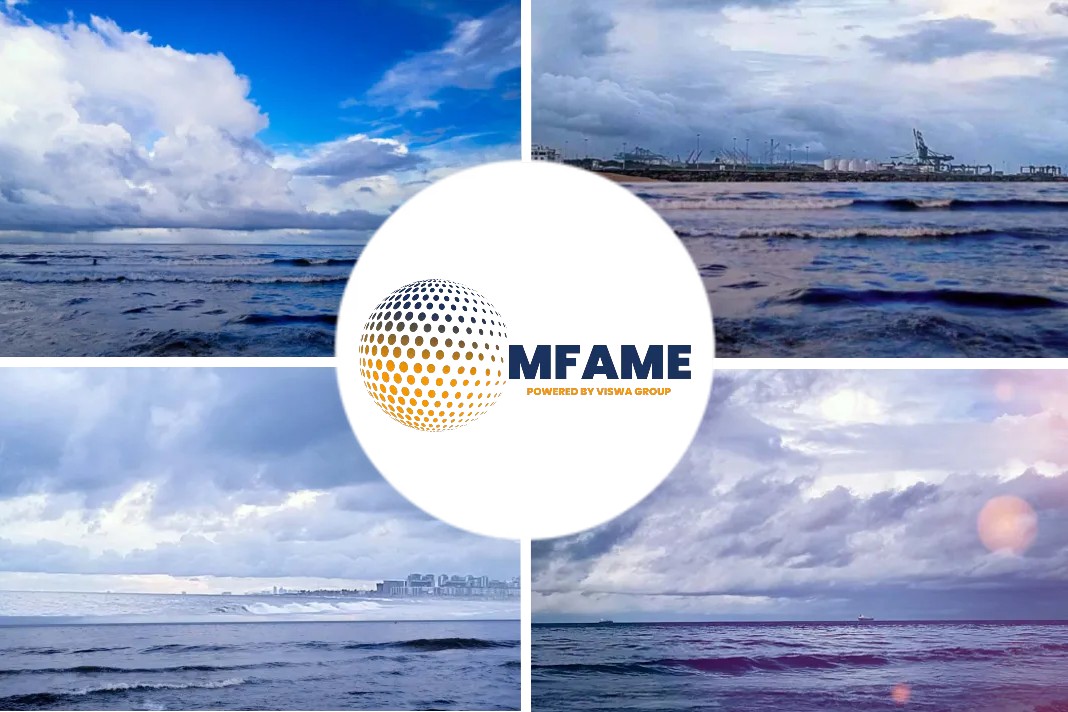A pair of hybrid propulsion LNG carriers with apple-shaped tanks will move LNG efficiently between the US and Japan, reports Riviera Maritime Media.
Avid LNG importer
An importer of LNG since 1969, Japan meets most of its demand for the super-chilled cargo from Australia, southeast Asia and the Middle East. Of the 82.5M tonnes of LNG imported by Japan last year, 85% came from those regions.
Japan is looking to diversify its LNG resources in an effort to improve energy security and provide price stabilisation. This has become more apparent with the recent rising tensions in the Middle East.
Indeed, this strategy was reiterated by Japan minister of economy, trade and industry Sugawara Isshu in a keynote address at an annual conference in Tokyo in September.
Minister Isshu told delegates at the 2019 LNG Producer-Consumer Conference that the Japanese government and private sector would invest US$10Bn in LNG projects to increase the country’s energy security, more than double its commitments from two years ago.
US LNG export projects will benefit from this strategy.
Cameron LNG
Cameron LNG in Hackberry, Louisiana, is jointly owned by Japan’s Mitsui & Co, Total, Sempra LNG and Japan LNG Investment, a joint venture of Mitsubishi Corp and NYK.
Mitsui holds a 16.6% interest in Cameron LNG and has secured 4 mta of LNG tolling capacity for 20 years. LNG produced by Cameron LNG will be delivered globally, mainly using eight LNG carriers under long-term charter by Mitsui.
Transporting LNG from the US Gulf Coast to Japan required a new generation of LNG carrier that could –
- sail some 18,500 km,
- operate in harsh sea states and weather conditions,
- meet the size constraints of the expanded Panama Canal,
- minimise fuel consumption and meet strict CO2 emission requirements.
Marvel Heron and Marvel Crane
In 2015, Mitsui awarded a contract to MI LNG Company Limited, a joint venture established by Mitsubishi Heavy Industries (MHI) and Imabari Shipbuilding Co, Ltd, to design and build two LNG carriers.
Under the contract, Japan’s Mitsui OSK Lines (MOL) took delivery of the second of the two 177,000-m3 LNG carriers, Marvel Heron, in September and its sister ship, Marvel Crane, in March.
To gain significant improvements in LNG carrying capacity and lower fuel consumption and CO2 emissions, Marvel Heron and Marvel Crane are designed with efficient hull structures that maximise cargo capacity and hybrid propulsion systems.
Hybrid propulsion system
Called STaGE, the hybrid propulsion system consists of MHI’s proprietary high-efficiency reheat ultra-steam turbine (UST), a dual-fuel diesel engine that burns either LNG or marine gas oil, and electric motor.
Using waste heat from the engines to drive the UST results in significantly enhanced plant efficiency, enabling efficient navigation at all speeds.
STaGE propulsion emits about 20% less CO2 than conventional turbine plants, according to MHI. Gas burning is available in all operational modes, allowing the ships to meet North American Emission Control Area (ECA) regulations.
Designing the LNG carriers’ cargo tanks proved more problematic. To minimise the boil-off rate, MHI wanted to use proven Moss-type cargo containment technology.
Design analysis revealed that the combination of beam limitations and the spherical shape of the Moss tanks limited the LNG carriers’ carrying capacity to 155,000 m3.
MHI’s elegant solution was to create apple-shaped tanks, increasing the volumetric cargo carrying capacity to 177,000 m3.
The apple-shaped tanks are composed of donut-shaped tori, semi-spheres and cylinders. This design allows the capacity of the tanks to be adjusted by changing the ratio of tori, semi-spheres and cylinders, based on the shipowner’s requirements
Did you subscribe to our daily newsletter?
It’s Free! Click here to Subscribe!
Source: Riviera Maritime Media























